In the heart of downtown Boone, an eye-catching new mural was recently unveiled representing the High Country’s very own celebrity salamander — the hellbender.
The mural was unveiled in a public ceremony on Aug. 23 to a crowd of excited onlookers.
The colorful artwork by local artist and App State alum Josh Johnston is part of the Endangered Species Mural Project through the Center for Biological Diversity.
The project aims to bring local endangered wildlife “onto the streets of cities and towns around the country,” to encourage community engagement and conservation awareness, according to the webpage. Boone is now home to the 33rd mural of the nationwide project, featuring North America’s largest amphibian.
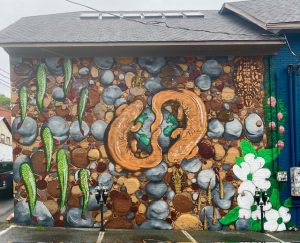
“This artwork not only beautifies our downtown but also serves as a powerful reminder of the importance of protecting our rivers and streams,” wrote Watauga Riverkeeper Andy Hill in a press release. “Hellbenders are a vital indicator of water quality, and this mural will inspire both residents and visitors to appreciate and safeguard our natural resources.”
Dwelling in the cool mountain streams of Appalachia, hellbenders are one of only three species of giant salamanders in the world. These sizable salamanders can grow up to two feet long and can weigh as much as three pounds, according to the North Carolina Wildlife Resources Commission.
Hellbenders are considered a vulnerable species by the International Union for Conservation of Nature and are a protected species under North Carolina law. Hellbender populations are increasingly threatened by pollution, habitat loss, dams and human encroachment.
“Boone is clearly a hotspot for hellbenders,” said Downtown Development Coordinator Lane Moody.
The project began when town council member Dalton George crossed paths with Southeast Director of the CBD, Will Harlan, Moody said. Harlan expressed interest in a hellbender mural and the project took off from there.
“Initially it was going to be the Center for Biological Diversity that was going to come in and pay for the mural,” Moody said. “But unfortunately, they lost their funding halfway through this project, which was a bummer, but we actually saved it.”
The Downtown Boone Development Association Board voted to foot the bill for the project and the call was open for artists across the nation to submit their sketches for the mural.
“We had maybe 15 submissions,” Moody said. “But after looking through all of those, Josh is the one that stood out.”
Johnston landed the project — his first public art installation.
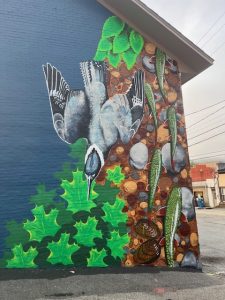
“My original sketch was just a little drawing,” Johnston said. “And the sketch morphed into more of a complete environment, the hellbender, but not only the hellbender, but everything, sort of in the environment of them.”
In addition to the hellbenders at the center of the mural, Johnston also included other local animals like crawdads, brook trout, an eastern belted kingfisher and green floaters — a species of local endangered freshwater mussel.
An artist of 30 years, Johnston’s vision came to life as he worked on the wall for a month.
“I scaled the hellbenders and got those kind of sketched out on the wall and I already had a pretty detailed drawing of what I wanted to do, so I just kind of freeformed it from there,” he said.
The mural faces Howard Street next to High Life and Magic Cycles. Finding the right wall for the mural was no easy feat.
“We have a new historic district in our downtown, and so it kind of restricts what kind of art you can put where,” Moody said. “If you’ve got unpainted brick that’s considered, for the most part, historic brick, and you can’t paint on that. So you kind of are limited to buildings that are already painted.”
That’s when locals David and Robin Greene offered their building on Howard Street as the location for the mural. Although the building is historic, the brick has already been painted before the historic district was established.
“They said ‘Hey, we’re interested in doing this,’” Johnston said. “And the Greenes were gracious enough to let us use their building.”
Moody said she feels the location works perfectly because of its visibility and proximity to the creek, a potential hellbender habitat.
“It was just a good fun collaboration of people to celebrate an important critter,” Moody said.
The community came together to make the project happen with contributions and support from various organizations including the Watauga Arts Council, MountainTrue and the Turchin Center for the Visual Arts, according to a press release.
“Josh Johnston’s artistic vision has brought to life the mysterious and captivating Hellbender, capturing its essence and the rich biodiversity of the region,” says the press release. “The mural serves as a beacon of conservation and a testament to the power of art in promoting ecological consciousness.”


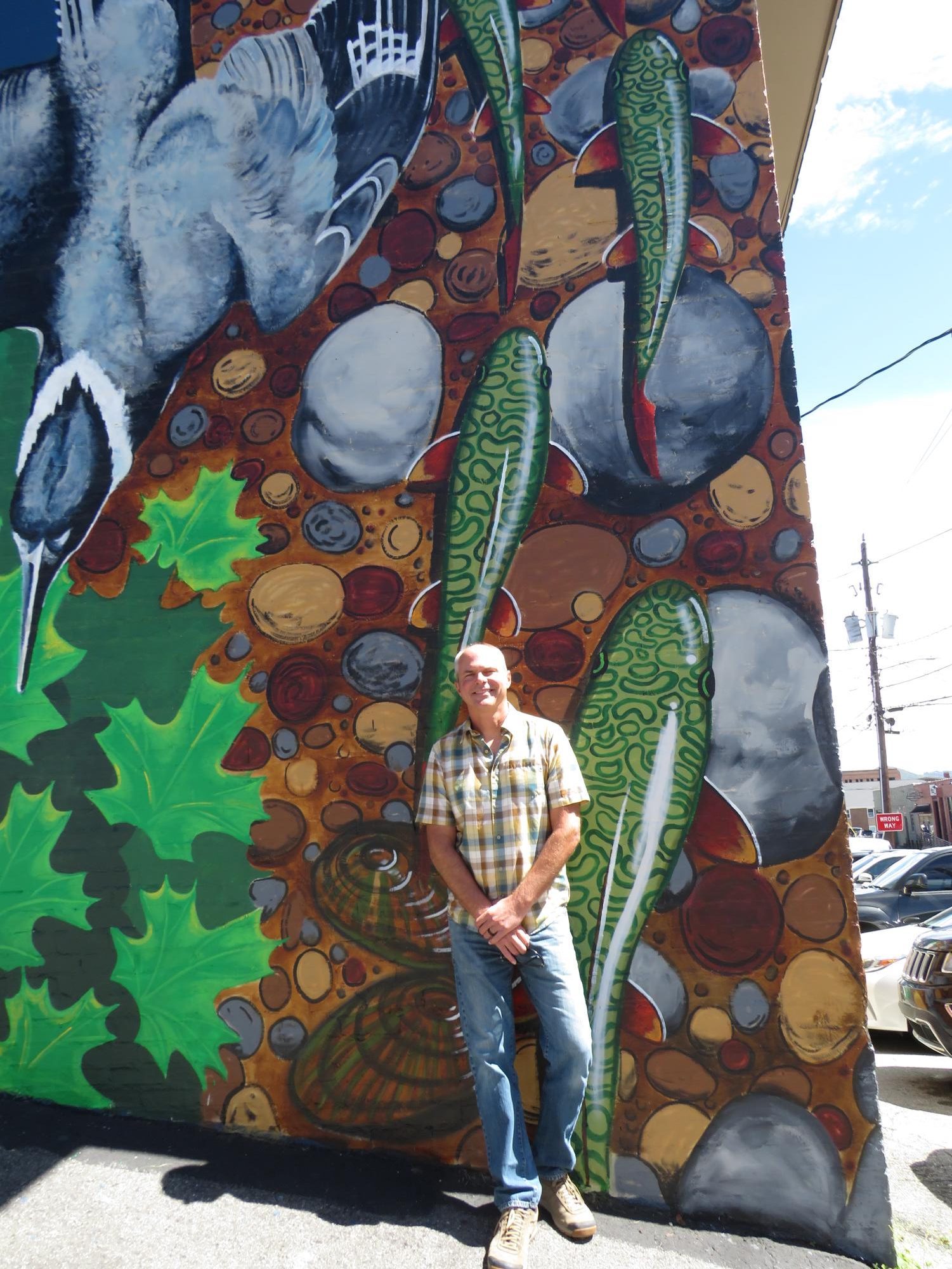
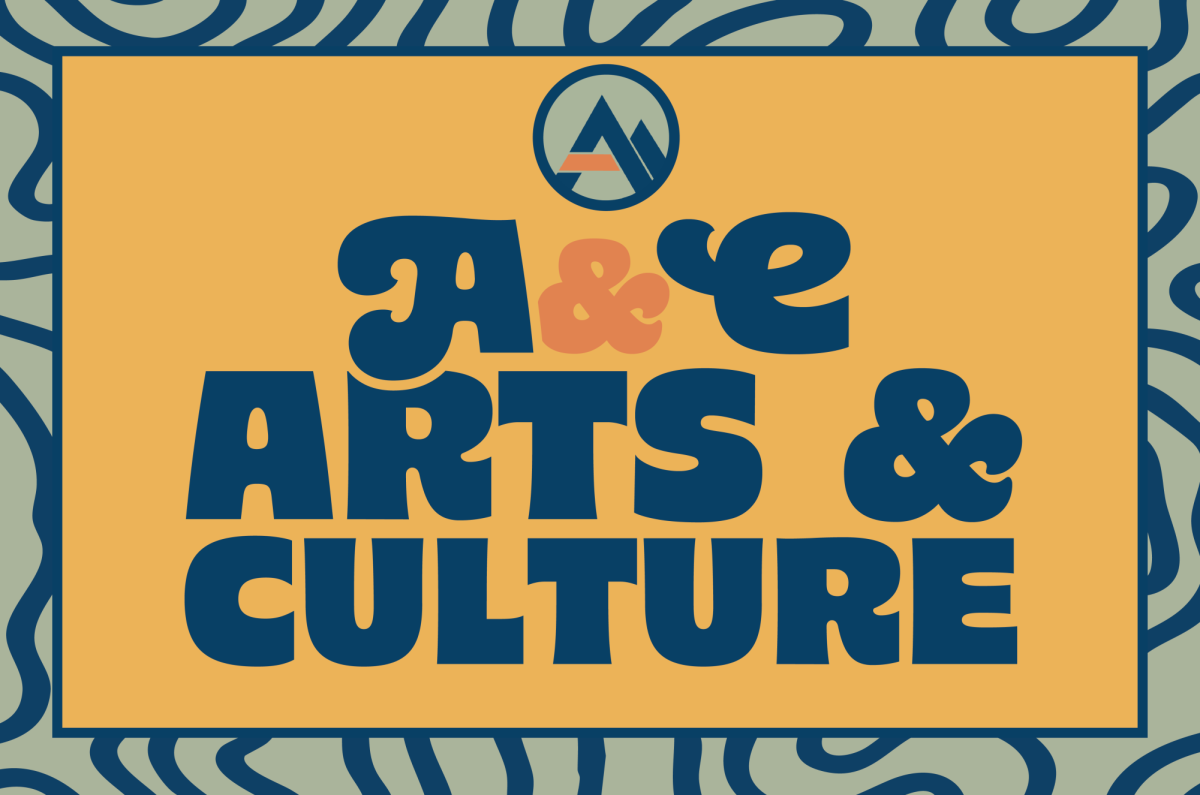
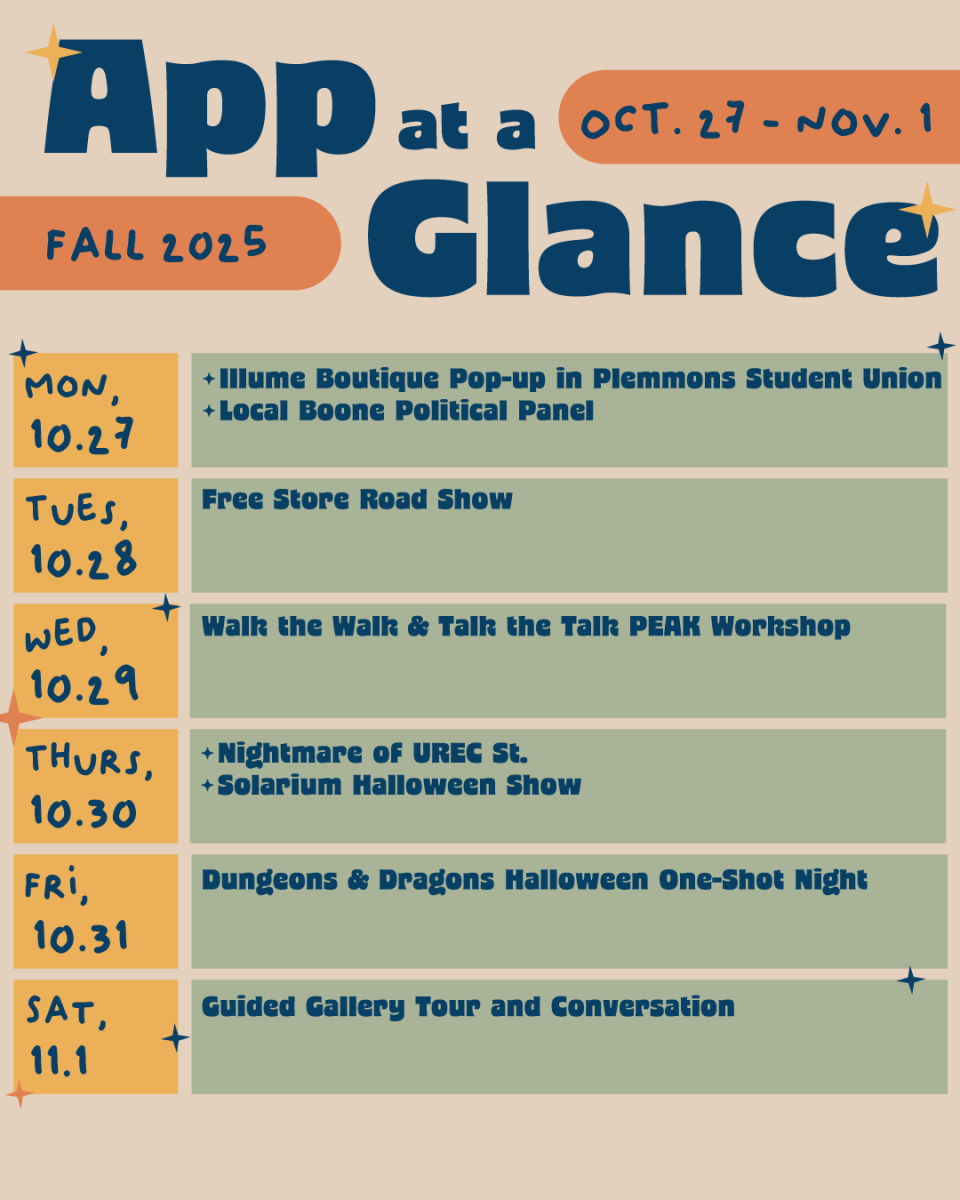

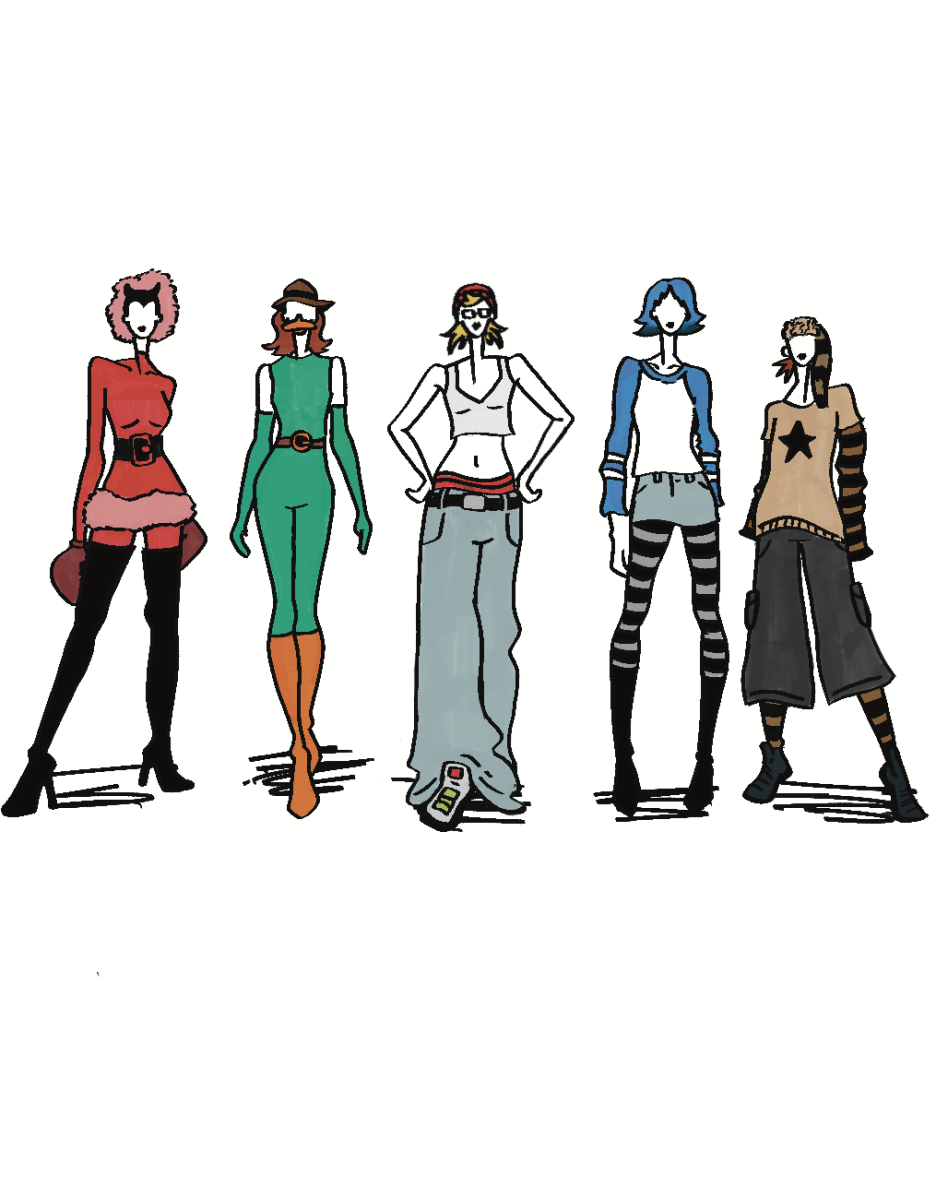
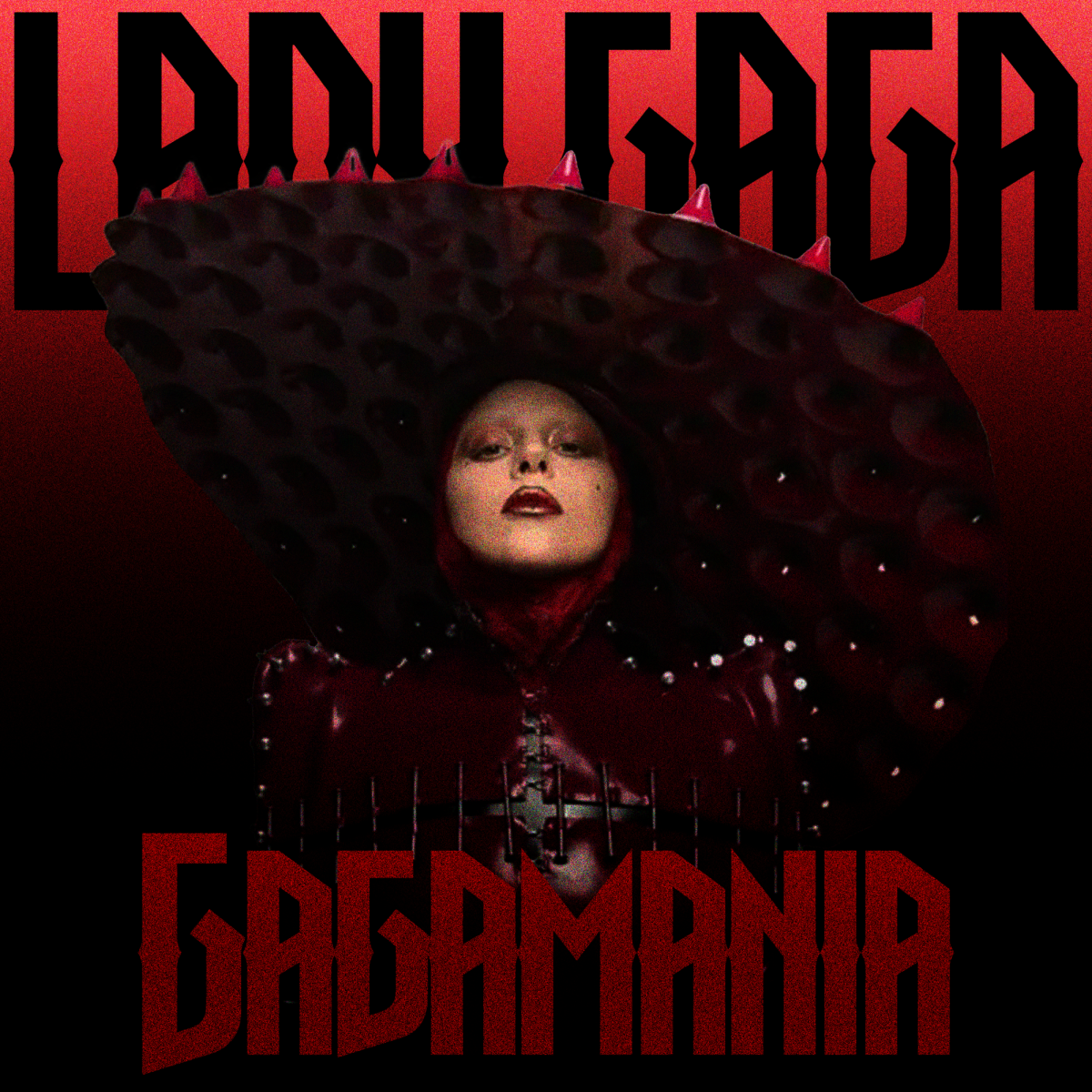

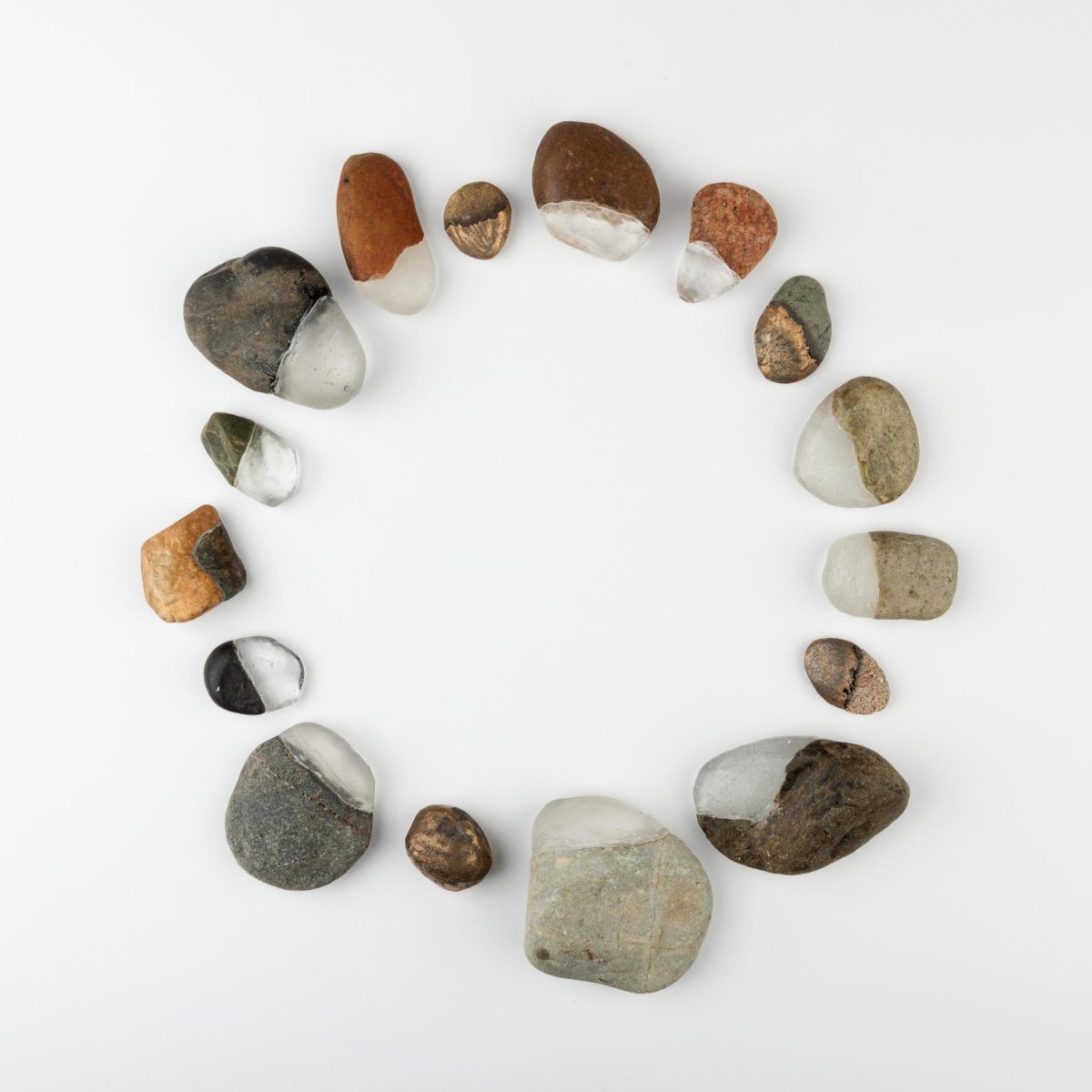

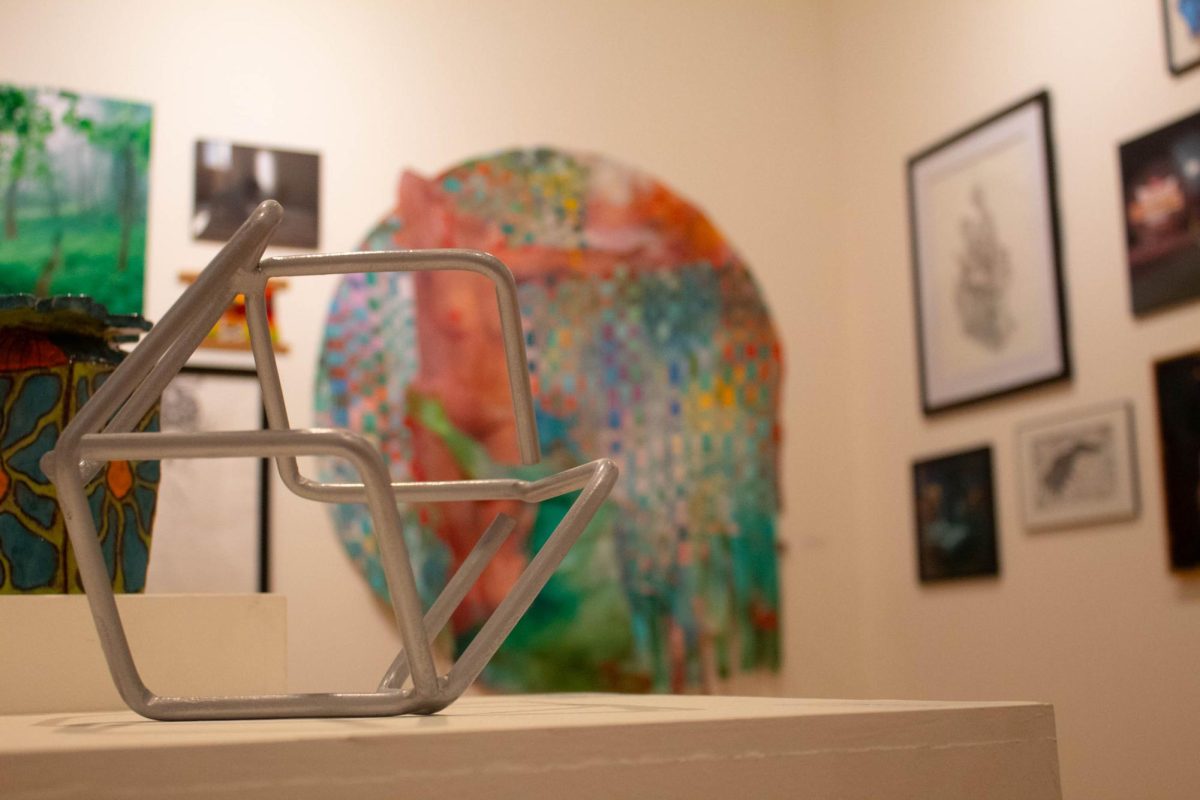

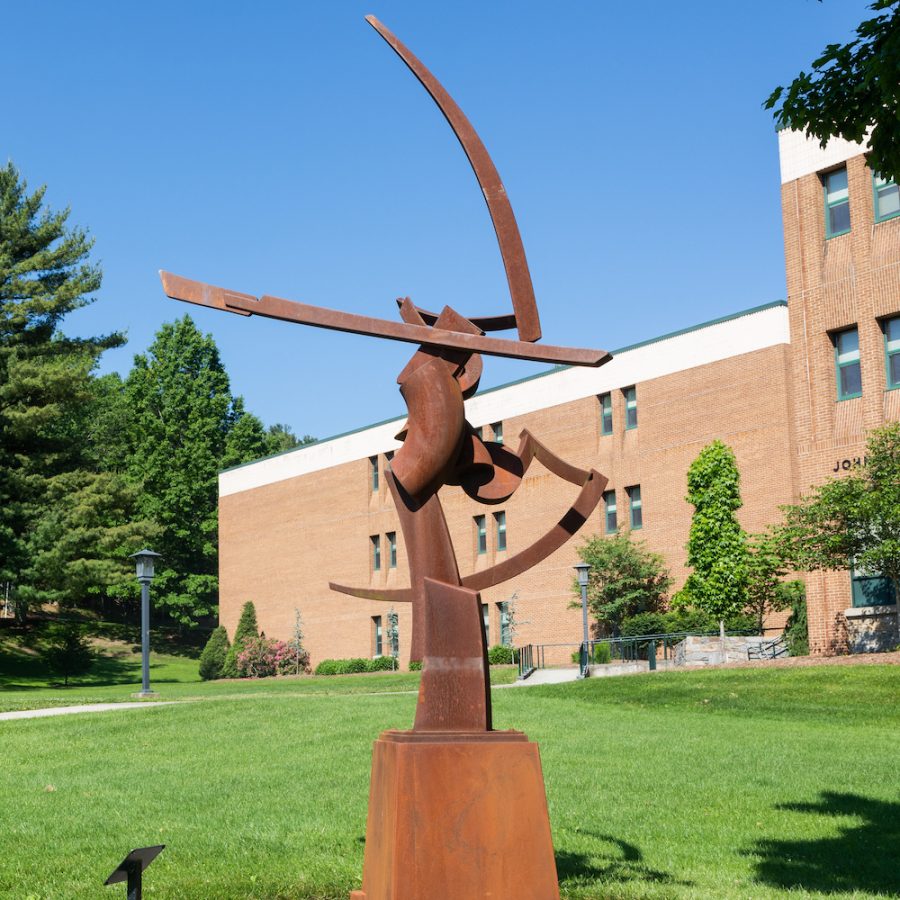
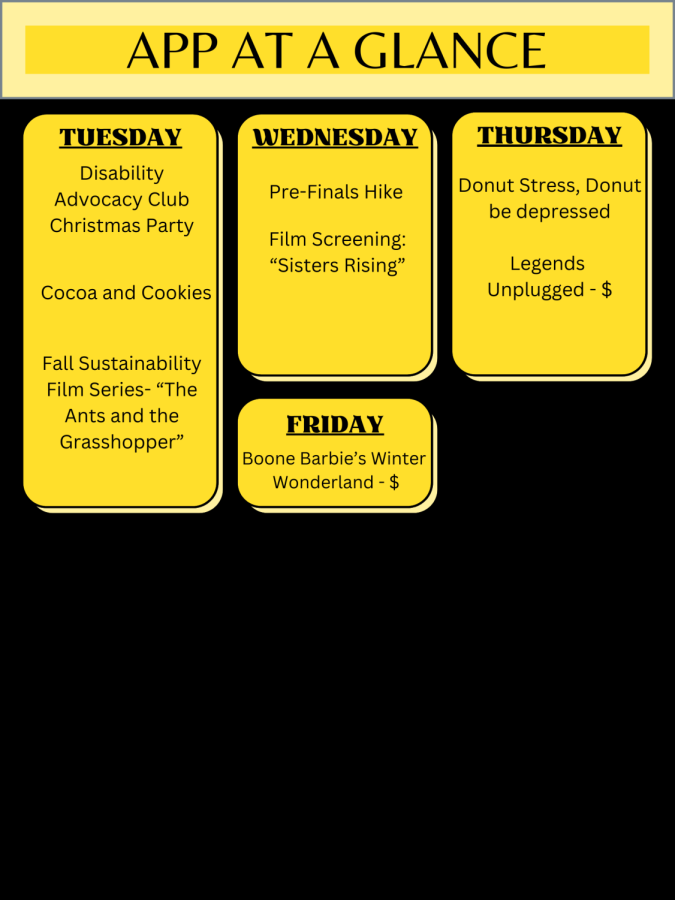
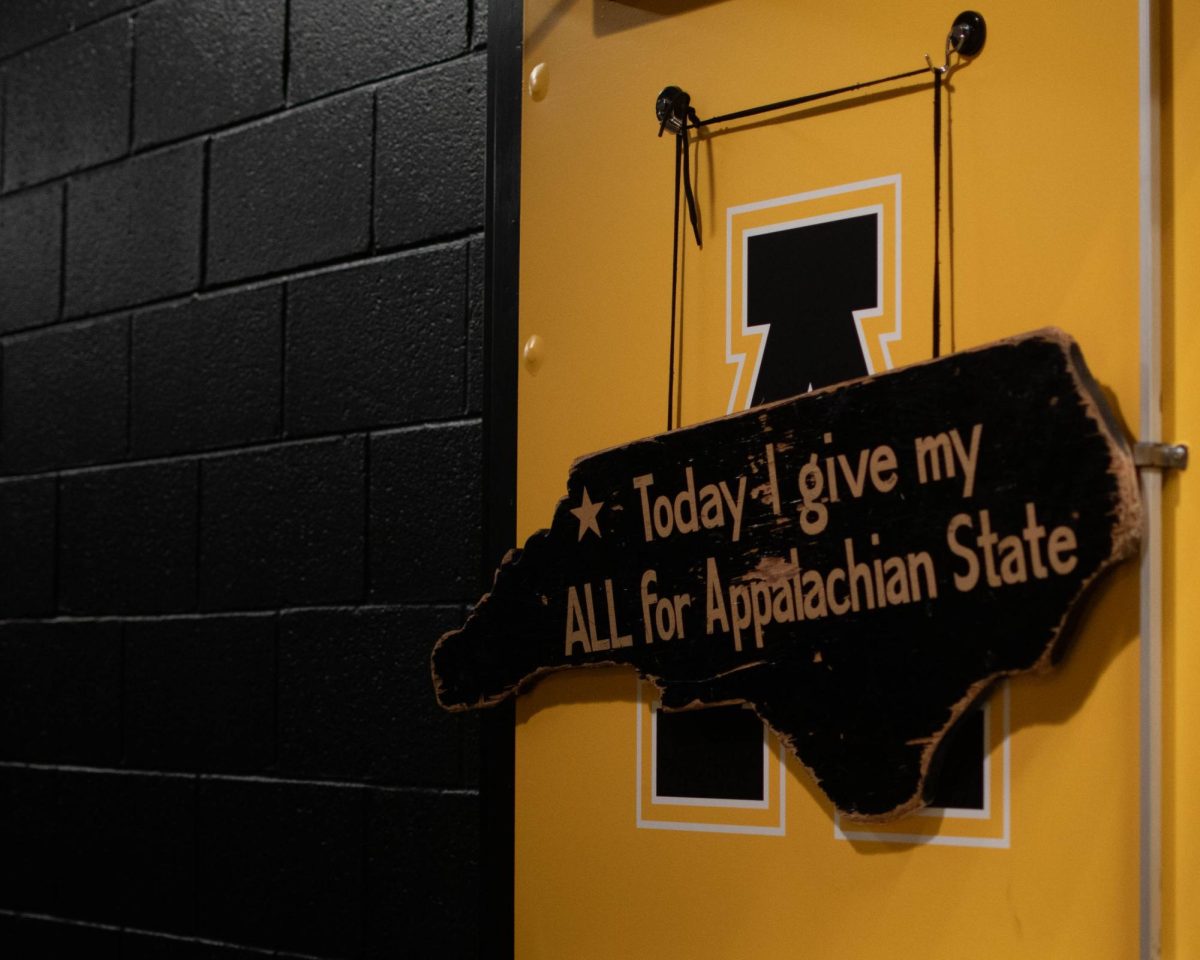

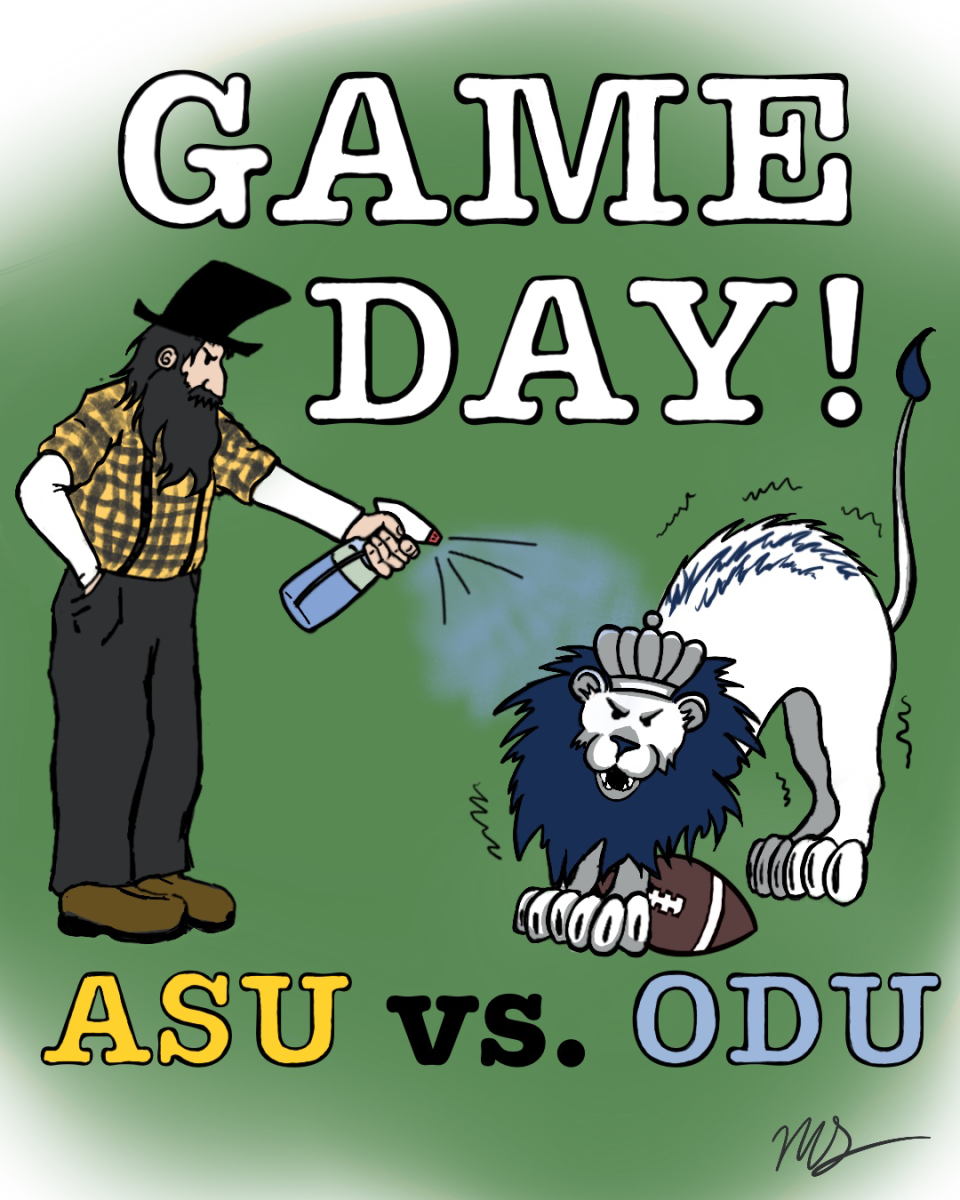
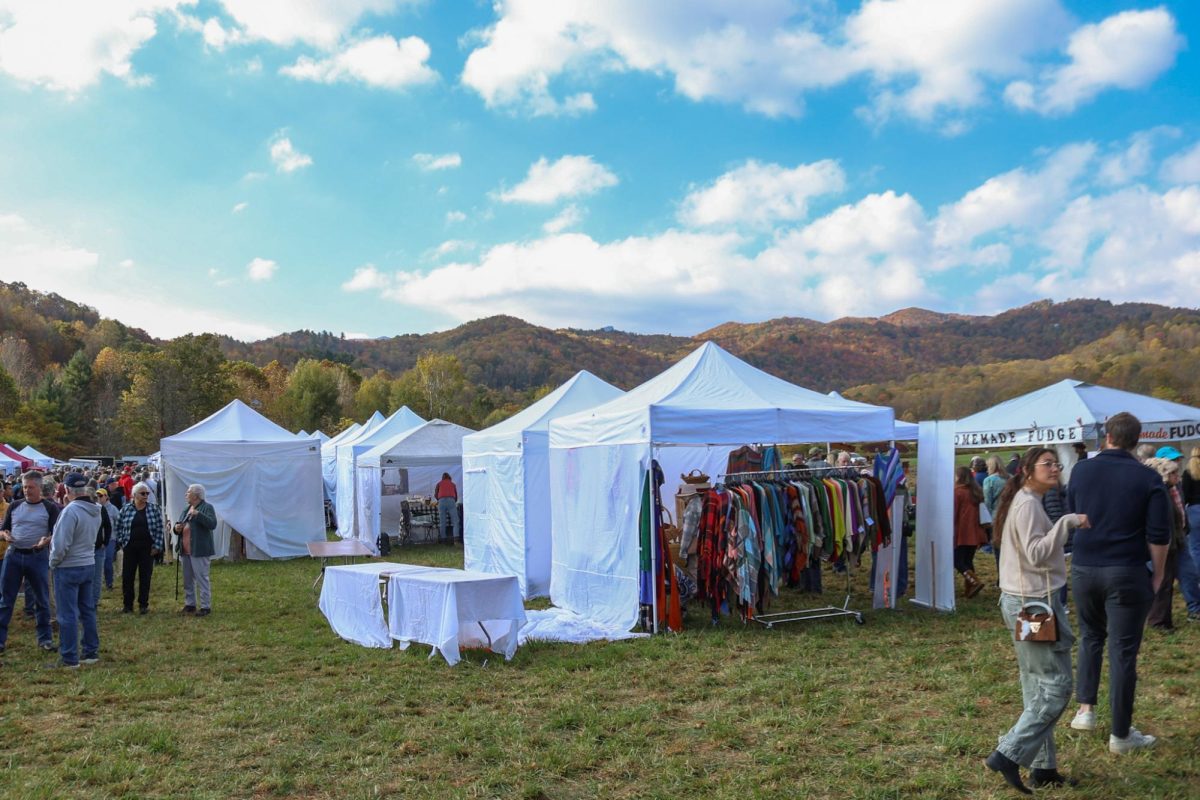
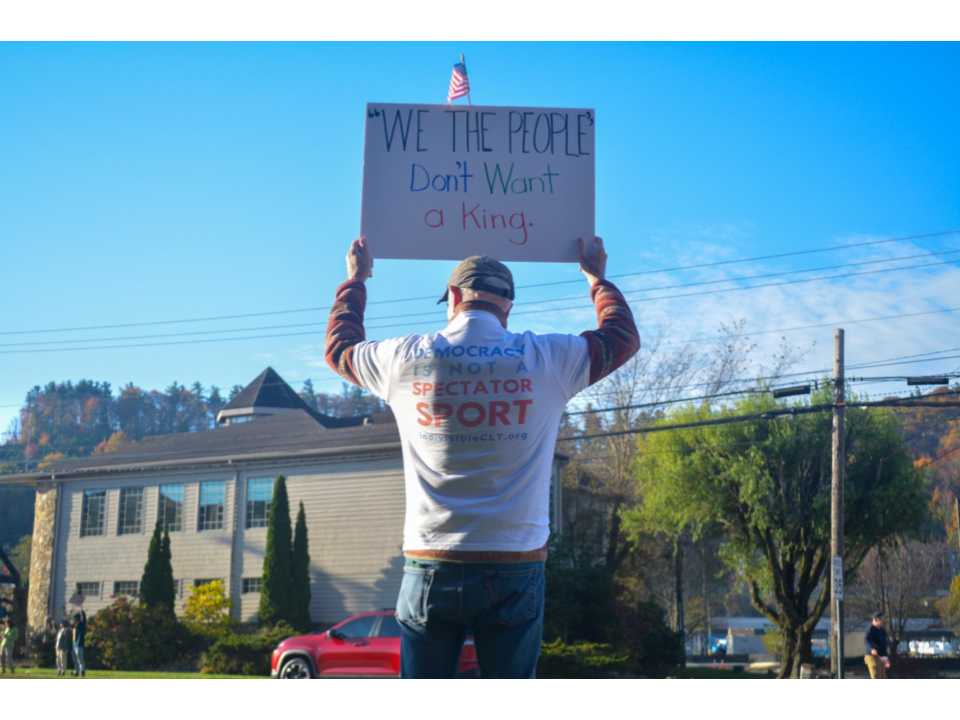
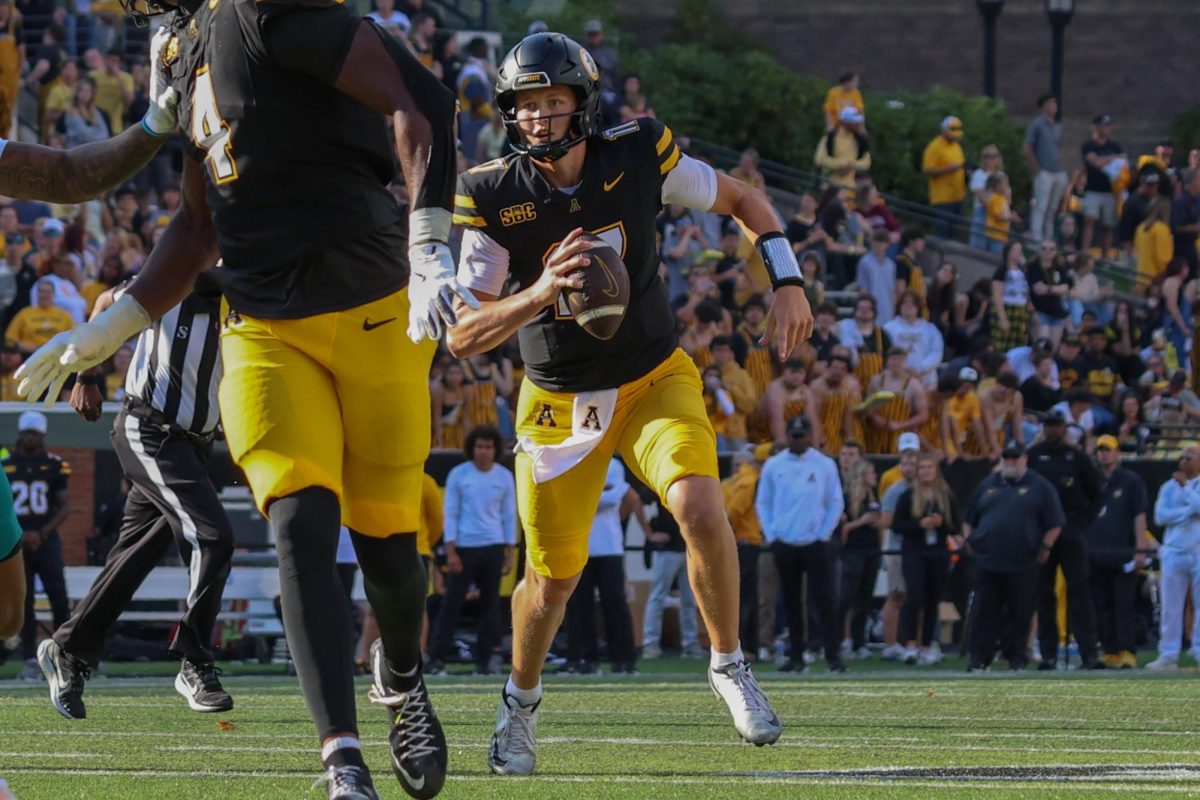
Charles Skinner • Sep 13, 2024 at 8:24 pm
I remember during the first summer of grad school, 1974, went canoeing down a creek and got stuck at one point so I stepped out on a rock and there, beside my foot, was the largest salamander that I had ever seen. It was a monster. I was taking biology that term so I asked the professor, Ed Green, what it was and he told me it was a hellbender. That was my introduction to them. I am so glad that they are getting the recognition that they deserve.